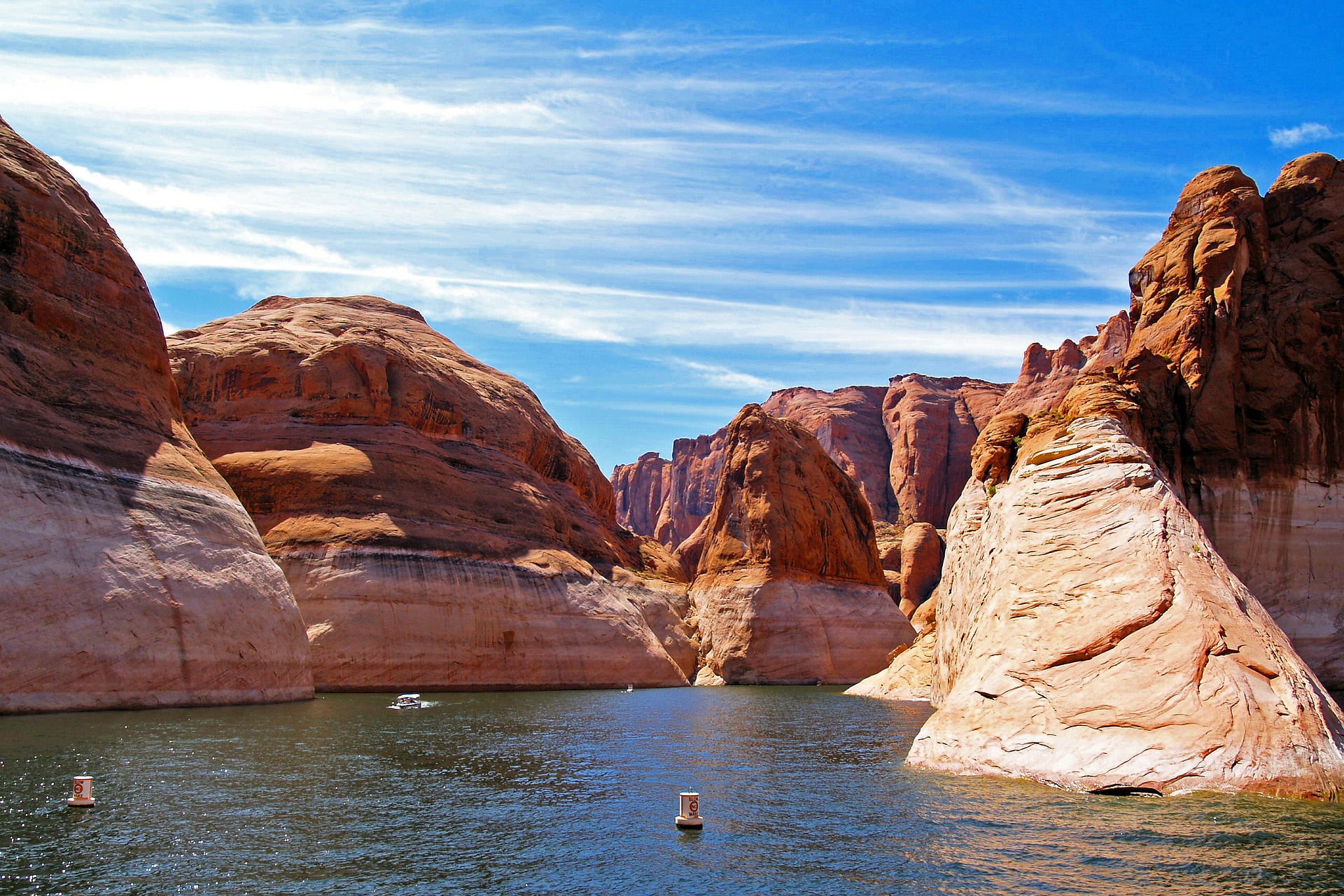Adequate water supply is essential for the human life as well for economies and businesses to thrive. Yet adequate water supply has become more of a luxury than a basic right due to a growing global water crisis where water supply is limited, quality issues prevail, and infrastructure is either old and breaking down or even non-existent in the case of the developing world.
Allianz Global Investors believes that the implications of inadequate water infrastructure and lack of access to fresh, high quality water supply has far reaching consequences impacting nearly every individual, economy, and business around the world. “Investments in new and upgraded water infrastructure are therefore necessary for high quality water supply access and effective wastewater treatment today and into the future. Such investments can support the development of resilient infrastructure which can more effectively meet both todays and future challenges tied to growing populations, urbanization, climate change and even cyber-attacks”, says the asset manager in a recent analysis.
Given the necessity for such investments, the US Senate recently approved the US Drinking Water and Wastewater Infrastructure Act of 2021, which authorizes USD 35 billion of water related investments to be allocated to improving wastewater, stormwater, drinking water and water recycling across the nation. It is one the few areas with bipartisan support in the US which highlights the urgent need for water investments.
Will funding run dry?
The makeover of US water infrastructure which still has to be passed by the House is just one part of the larger USD 2 trillion infrastructure bill. As unanimous as the consensus is about the urgency to make the world’s biggest economy’s drinking water, wastewater, and stormwater systems future-proof, is the remaining investment deficit as the USD 35 billion will only slightly move the needle. In 2019 alone, the accumulative investment gap on water infrastructure was USD 81 billion.1Other calculations suggest annual needs of more than USD 100 billion each year for the next 20 years.2
Allianz GI points out that the consequences of funding shortfalls for water-reliant businesses and households are “enormous” as breakdowns and quality incidents will continue to plague local communities and disrupt future economic growth. “So, filling this financial void is vital not only to allow for the current US water infrastructure to function properly but also to make it resilient for future requirements“, they add.
The state of US water infrastructure
The United States’ public drinking water, wastewater, and stormwater systems resemble an outdated patchwork rug formed by pipes and lines from different centuries and with different levels of functionality. Because many pipes and pumps are nearly a one hundred years old and are operating at higher capacity than initially designed for, they are past the end of their usable life, leaking large amounts of water and oftentimes failing to meet today’s needs.
The asset manager highlights that municipalities are facing the question whether to upgrade, replace, or fortify these systems and how to make the water infrastructure future-proof to tackle severe weather events brought on by climate change. Additionally, they face the challenge to connect all US households to a regulated and safe water system. Currently, around a fifth of all households rely on septic tanks over public wastewater systems, and over two million lack properly connected drinking water and sanitation systems.3 Around a quarter of Americans are very concerned about the quality of their community’s drinking water.4
The leaking lifeline
A modern and robust water infrastructure is vital to the country’s economic development as it secures not only the supply of water but also prevents the spread of illness and diseases, fosters economic growth, and ensures a higher living standard.
“The more water infrastructure leaks treated water, the more capital is lost negatively thus impacting both local residents and the local economy. It also affects the competitiveness of a city as a business located in an area with adequate water supply and infrastructure is more competitive and fosters long term growth”, they comment. According to ASCE’s 2021 Infrastructure Report Card5 there is a daily loss of approximately 6 billion gallons (approx. 22.7 million m³) of treated water due to water main breaks occurring at one-minute intervals, amounting to a yearly loss of 2.1 trillion gallons (approx. 7.9 trillion m³).
- Within the next four years, almost three-quarters of all dams will be over 50 years old and gradually deteriorating. If not upgraded and rehabilitated, they will be vulnerably exposed to possible disaster scenarios leading to a loss of human lives and to a considerable damage of properties and existing infrastructure.
- Following the estimations of the Association of State Dam Safety Officials6 there are more than 2,300 state regulated high-hazard-potential dams in poor or unsatisfactory condition and in need of remediation.
- Urbanization combined with the age profile of wastewater treatment plans is increasingly resulting in system overloads and failures.
- 15% of wastewater treatment plants have reached/exceeded their designed capacity.
These are just a few examples illustrating the poor conditions of US water infrastructure and the dire need for infrastructure capital expenditure. The situation has far-reaching consequences and urgent action is needed to upgrade and modernize the world’s biggest economy’s drinking water, wastewater, and stormwater systems.
The investment gaps
For Allianz GI, while the infrastructure investment proposals currently making their way through the US Congress would be a step in the right direction, the US water infrastructure gap is still immense. Estimates indicate that over USD 2 trillion in water investments are needed over the next 20 years to close the funding gap and develop adequate water infrastructure across the nation. For example, the amount needed to replace the remaining lead pipes in the US is already over the projected USD 35 billion in the current proposal as estimates are as high as USD 45 billion to complete the replacements.
According to estimates of the Environmental Protection Agency (EPA) there are between 6.5 million and 10 million lead service lines in the US. On average, it costs about USD 4,700 to replace one single lead service line. Even if the EPA’s estimate is higher than needed in certain cases, the projected funds would quickly run dry.
Several angles for active investments
“Undoubtedly, the US Drinking Water and Wastewater Infrastructure Act of 2021 reflects a decisive first step to closing the existing funding gap. On the other hand, while it is ambitious it’s still short of meeting the most pressing water challenges as it cannot even address the remaining lead pipes which threaten the safety of US citizens. There are still substantial funding gaps that require capital expenditure to be addressed. That said, if this bill is passed later this summer, it will be a positive for water space and for water investments given the water equipment and projects that will be needed to make the upgrades”, explains the firm.
When considering the several aspects water infrastructure covers, we can clearly identify where active investments are needed and how they could pay off.
- Replacement of lead pipes and service lines: The removal of all lead service lines in the United States not only ensures clean drinking water for every American but it is also contributing to improved public health by preventing severe chronic diseases like lead poisoning, ultimately easing the financial burden on health systems. Additionally, it is likely to result in an attractive investment opportunity in companies that provide piping systems. Investor-owned networks can also play a role here as they can make improvements independent of infrastructure stimulus, many times at lower costs than municipalities.
- Leaking lines: To maintain and stop the loss of precious treated water companies have developed smart technologies and tools to detect leaks in water pipes.
- Emerging contaminants and Per- and polyfluoroalkyl substances (PFAs)7: Specialised companies that offer advanced water treatment technologies can detect and remove emerging contaminants from drinking water and help protect citizens from developing cancer after consuming poor water quality for years at a time.
- Aging wastewater treatment plants: The replacement of wastewater treatment plants reaching the end of their lifespan opens up interesting investment opportunities for companies who are experts in wastewater management and designing wastewater treatment plants.
Lookout
While the USA and a big part of the world is focussing on how the US Drinking Water and Wastewater Infrastructure Act will contribute to revitalizing the aging US water infrastructure, positively impacting economic and job growth over the medium to long-term, there are still many under-researched and prominent risks. Just take cyber security, a topic gaining increasing importance for the protection of water infrastructure against cyber criminals. The cyber-attack on the water supply in Oldsmar, Florida and the Cybersecurity and Infrastructure Security Agency’s call to “install independent cyber-physical safety systems”8 is just one piece of evidence of the high relevance cyber security has for a future-proof water supply.
Investment implications
Global Water strategies help to address the very real water-infrastructure and water-quality related challenges in the US and the rest of the world by investing in pure play water companies delivering solutions to the most pressing challenges. “Investments may not only generate financial alpha given structural support of the theme, but also environmental and social alpha given the solutions-oriented approach. Such investments can help to upgrade and build resilient water infrastructure that is well prepared to face the challenges tied to climate change and ongoing population growth and urbanization”, says Allianz GI.
This approach allows investors the ability to participate in a compelling long-term growth opportunity and contribute to the solutions of modern water infrastructure, a lifeline to society and the economy.
1 https://infrastructurereportcard.org/cat-item/wastewater/
5 https://infrastructurereportcard.org/
6 https://damsafety.org/media/statistics


